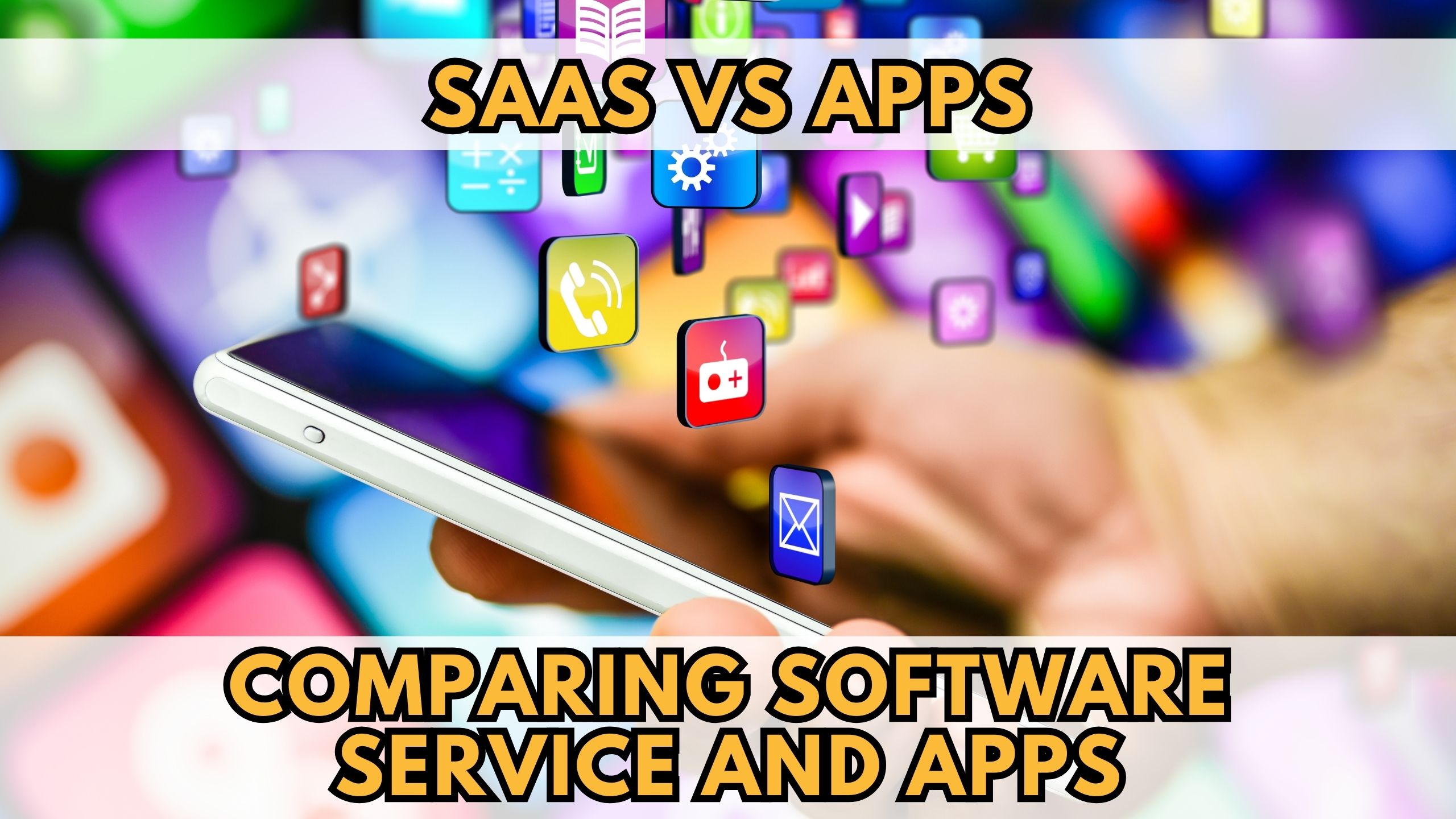SaaS vs Apps: Comparing Software Service and Apps
- Expense Management Software Credit Cards Investing Business Solutions


SaaS vs Apps: Comparing Software Service and Apps
In the ever-evolving landscape of digital solutions, the distinction between Software as a Service (SaaS) and traditional applications, often referred to as ‘apps,’ has become increasingly vital. This comparison goes beyond terminology, shedding light on the fundamental differences and exploring the relevance of SaaS in today’s tech-centric world.
Unveiling the Essence of SaaS
1. Collaboration Efficiency with Microsoft 365
Microsoft 365 stands as a prime example of SaaS, offering a suite of productivity tools like Word, Excel, and Teams accessible through the cloud. The significance lies in seamless collaboration, real-time updates, and the flexibility to work from any device. This collaborative efficiency distinguishes SaaS from conventional standalone applications.
2. Project Management Precision with Asana
Asana, a leading project management SaaS, exemplifies the agility and precision inherent in cloud-based services. Teams benefit from real-time updates, task tracking, and streamlined communication – features that extend beyond the capabilities of standalone applications. Asana’s cloud infrastructure ensures that projects progress with efficiency and adaptability.
3. Streamlining Communication with Slack
In the realm of communication, Slack emerges as a SaaS solution that transcends traditional messaging apps. Its channels, integrations, and file-sharing capabilities redefine team communication. The dynamic nature of Slack’s cloud-based platform contributes to enhanced connectivity and collaboration, distinguishing it from standalone communication apps.
4. Accounting Advancements with QuickBooks Online
QuickBooks Online revolutionizes accounting processes, showcasing the transformative power of SaaS in financial management. The cloud-based approach ensures data accessibility, real-time updates, and collaborative accounting – features absent in conventional accounting software. QuickBooks Online epitomizes the evolution from standalone apps to integrated, cloud-driven solutions.
5. Marketing Excellence with HubSpot
HubSpot, a comprehensive marketing platform, epitomizes the fusion of SaaS and strategic tools. From CRM to marketing automation, HubSpot’s cloud-based services redefine marketing functionalities. The platform’s ability to adapt, integrate, and provide real-time insights surpasses the capabilities of traditional marketing apps, reflecting the evolution toward SaaS solutions.
Apps in the Traditional Realm
While SaaS exemplifies the collaborative, cloud-driven future of digital solutions, traditional applications, or ‘apps,’ continue to serve specific purposes. However, their limitations in real-time collaboration, adaptability, and accessibility showcase the stark difference when compared to the dynamic nature of SaaS platforms.
Conclusion
In the evolving landscape of digital solutions, understanding the difference between SaaS and traditional apps is crucial. SaaS, with its cloud-based, collaborative approach, signifies a paradigm shift in how we approach software. Embracing this shift ensures enhanced efficiency, collaboration, and adaptability – hallmarks of a tech-driven future.
Ready to explore the world of SaaS? Join Subscribed.fyi!
Subscribed.fyi is the ultimate platform for managing your SaaS stack. Sign up for free today and unlock exclusive deals on 100+ SaaS tools. Take control of your subscriptions, compare tools, and make informed decisions. Enjoy savings of $100,000+ per year with Subscribed.fyi – where your secret deals await with just a click!
Relevant Links:





